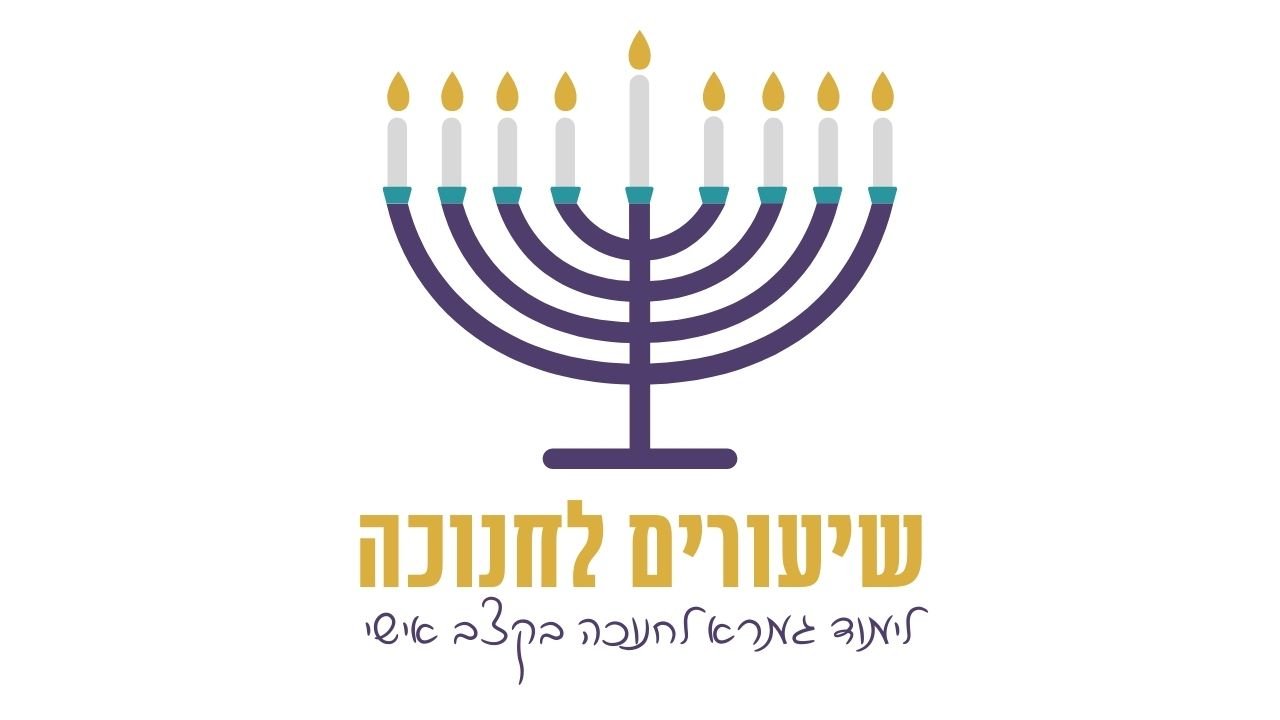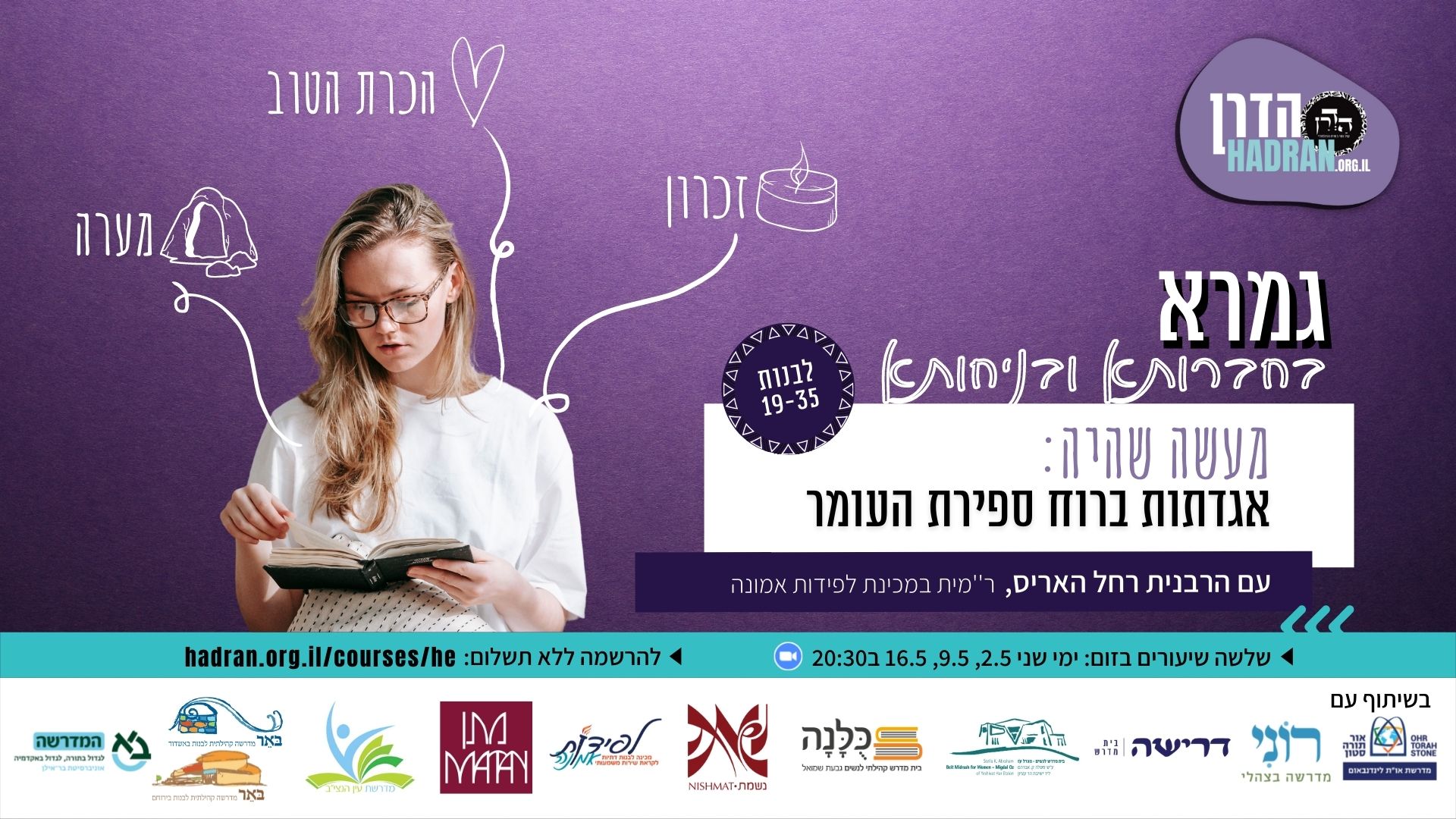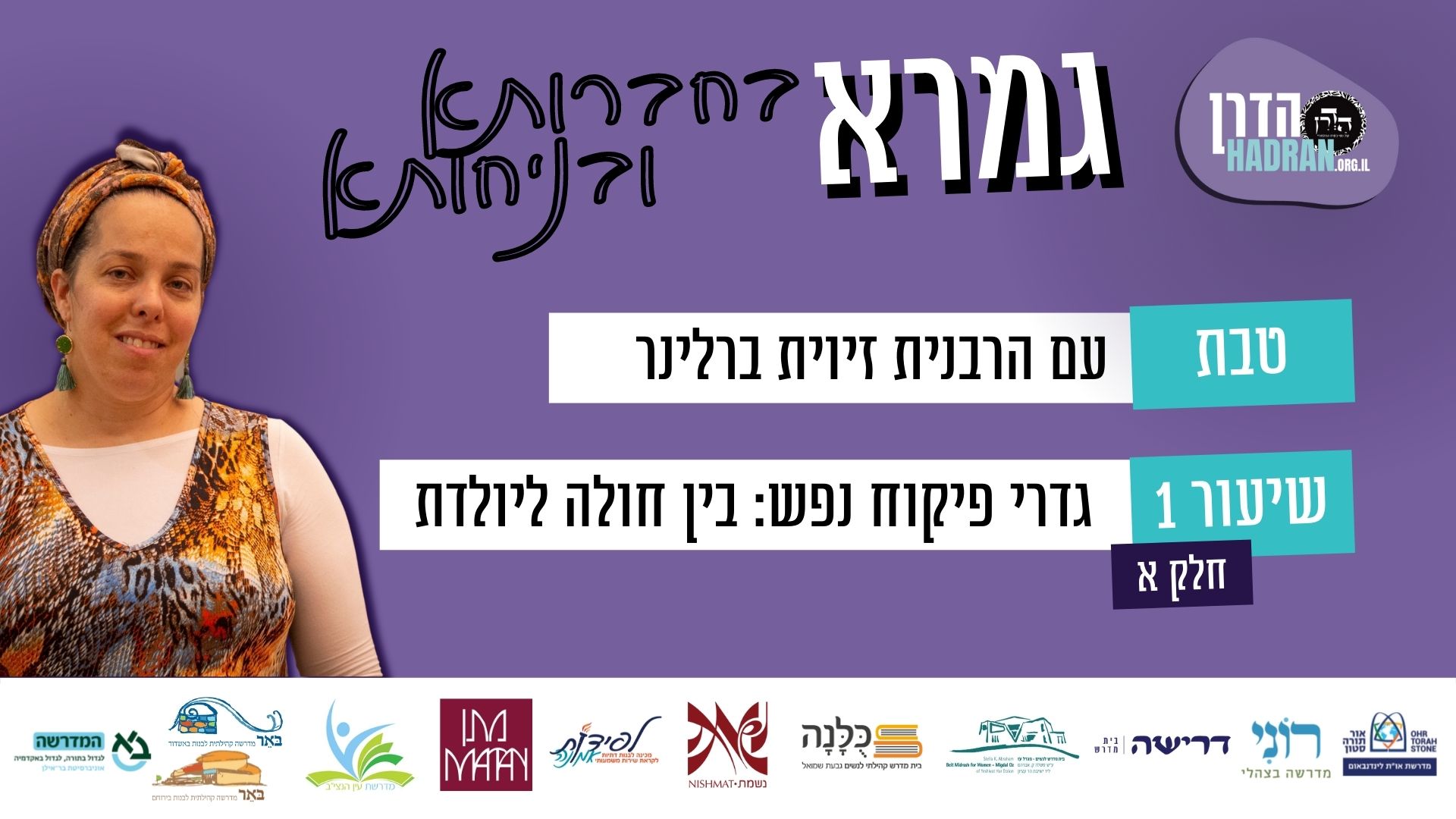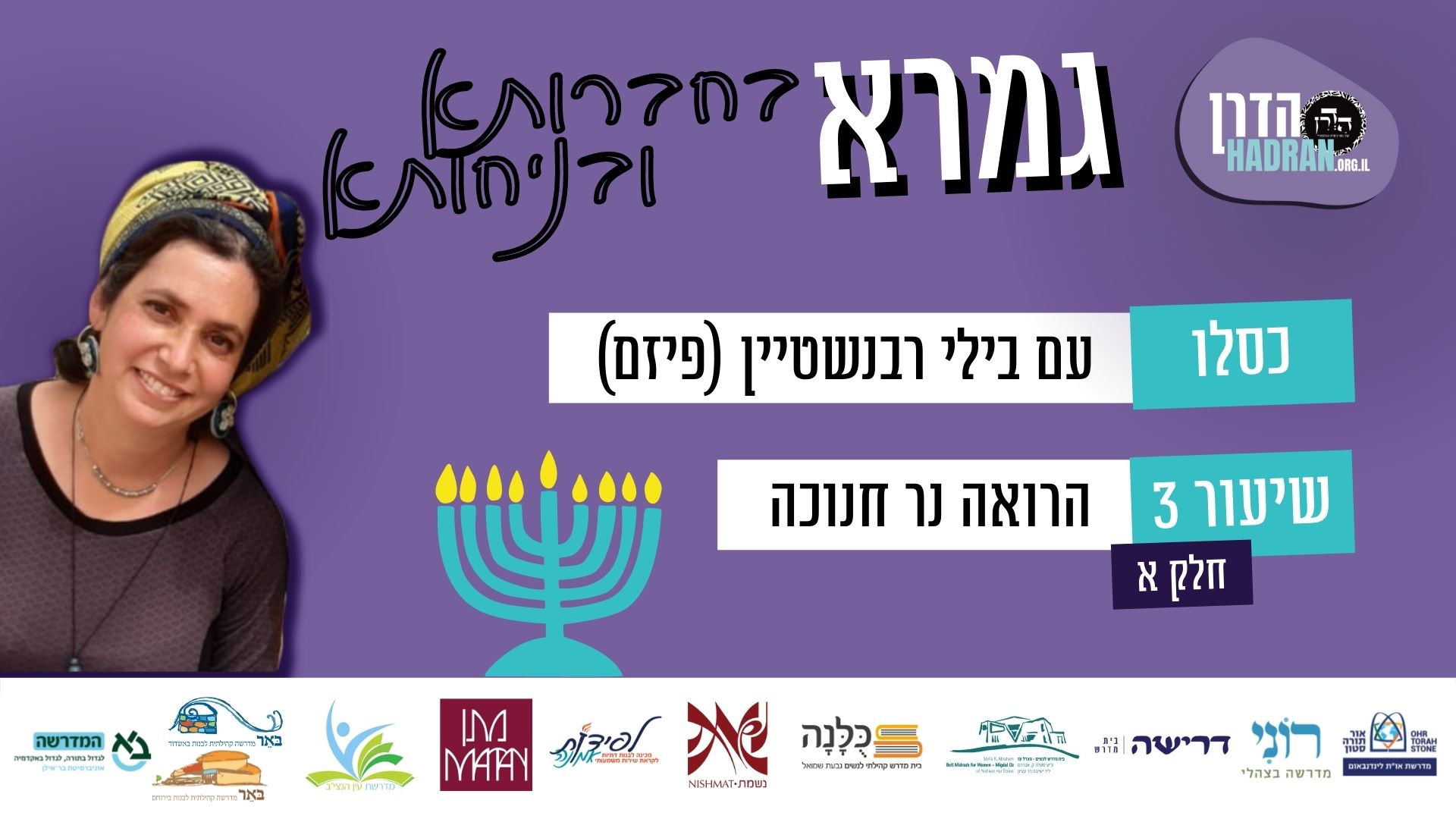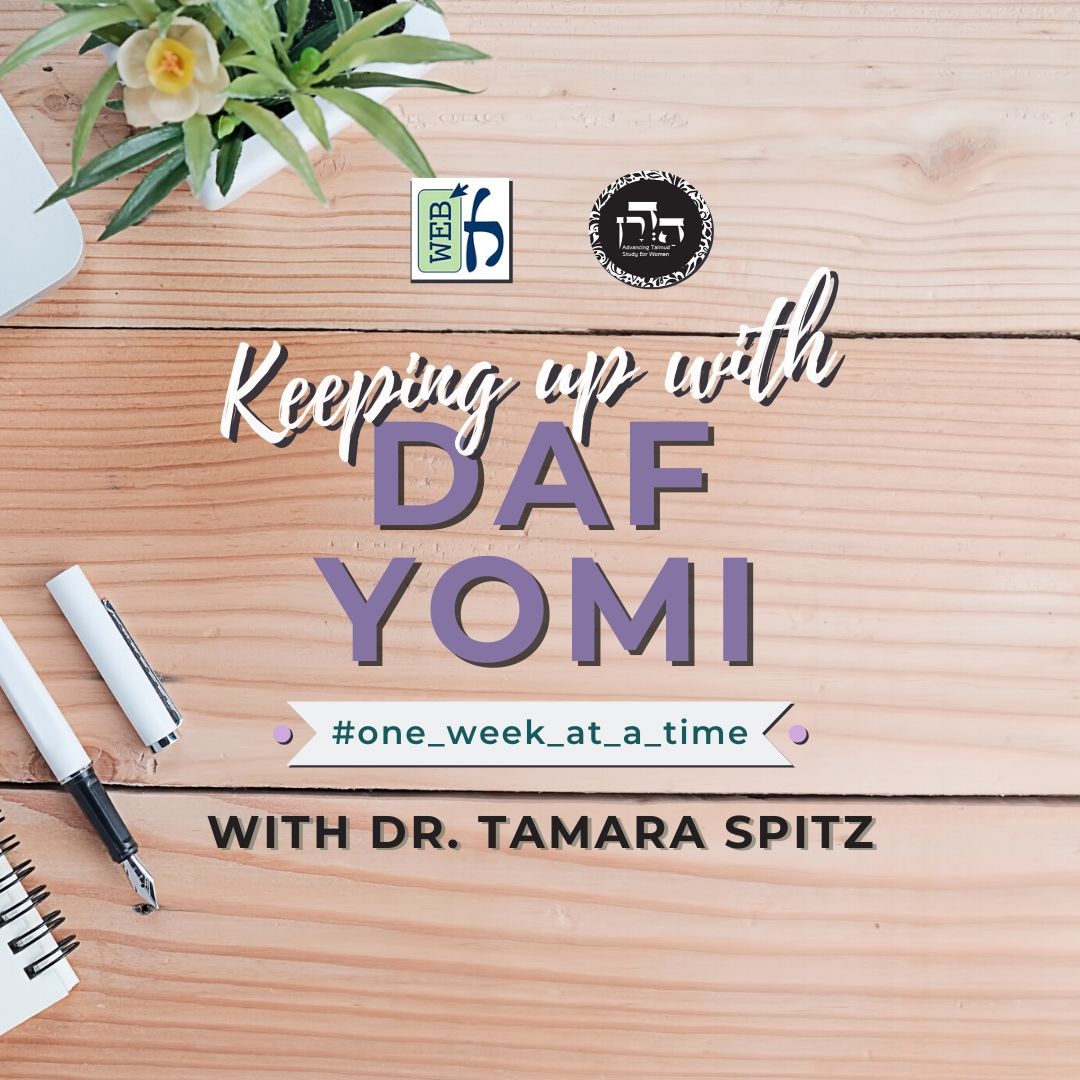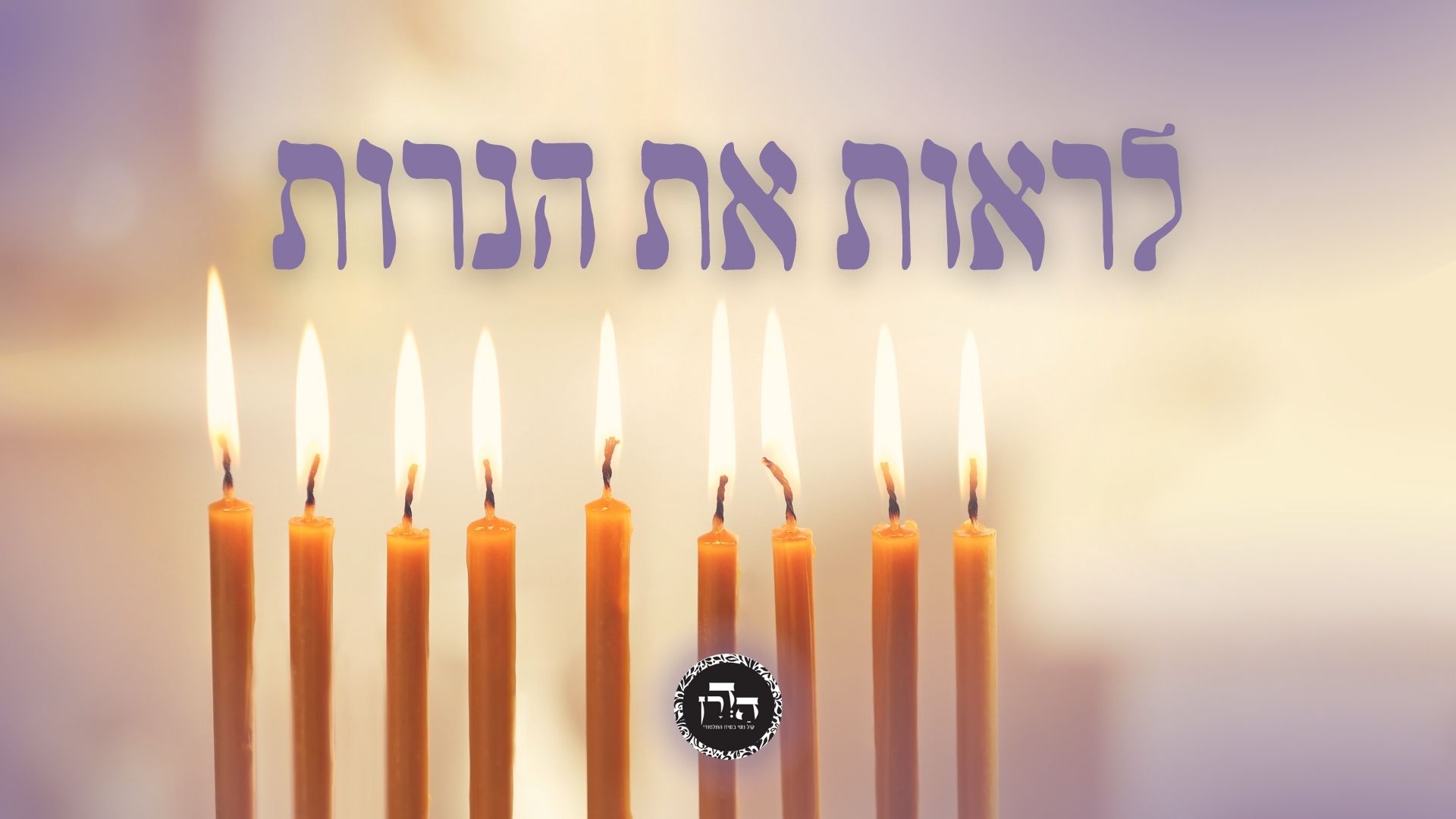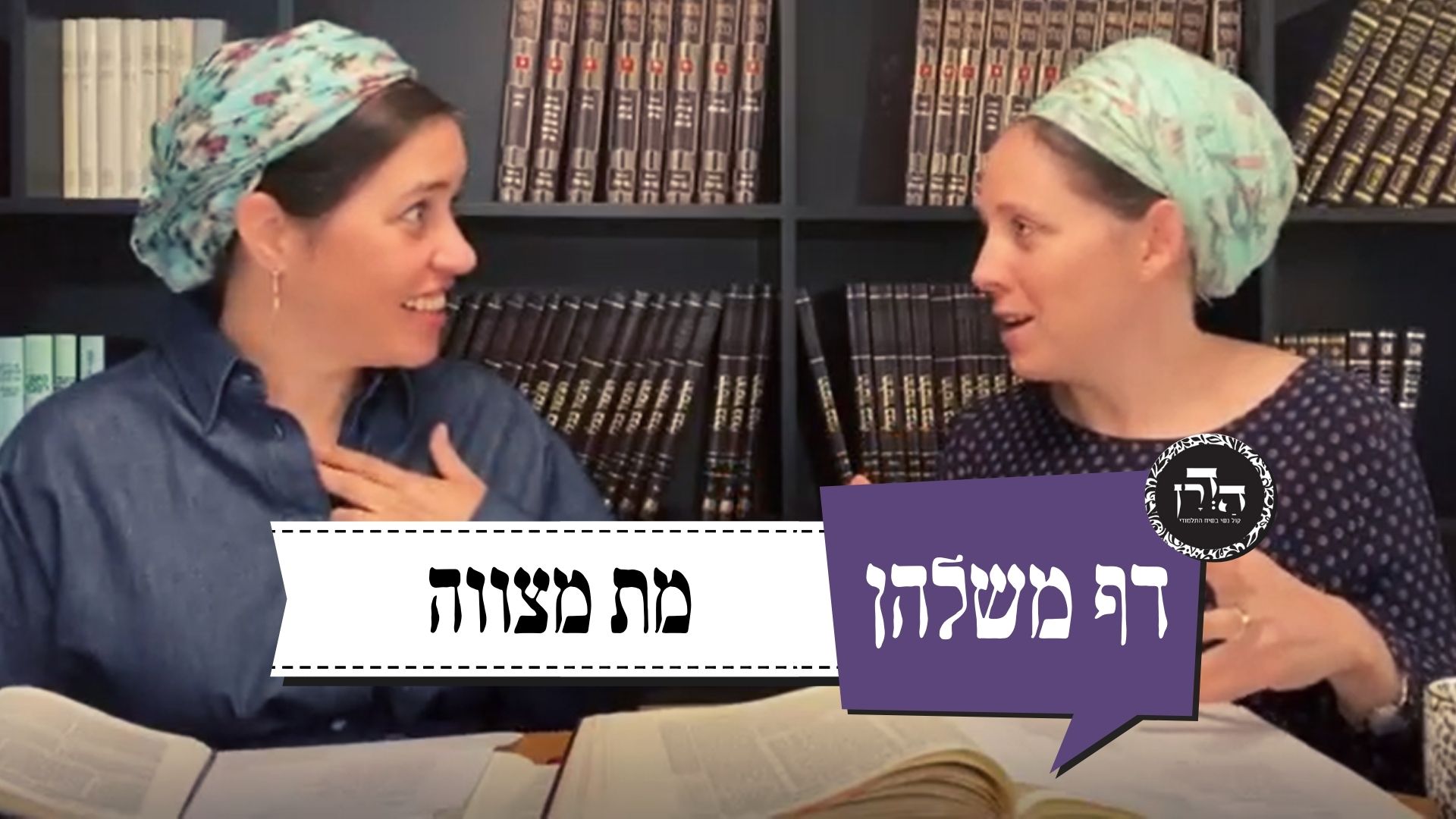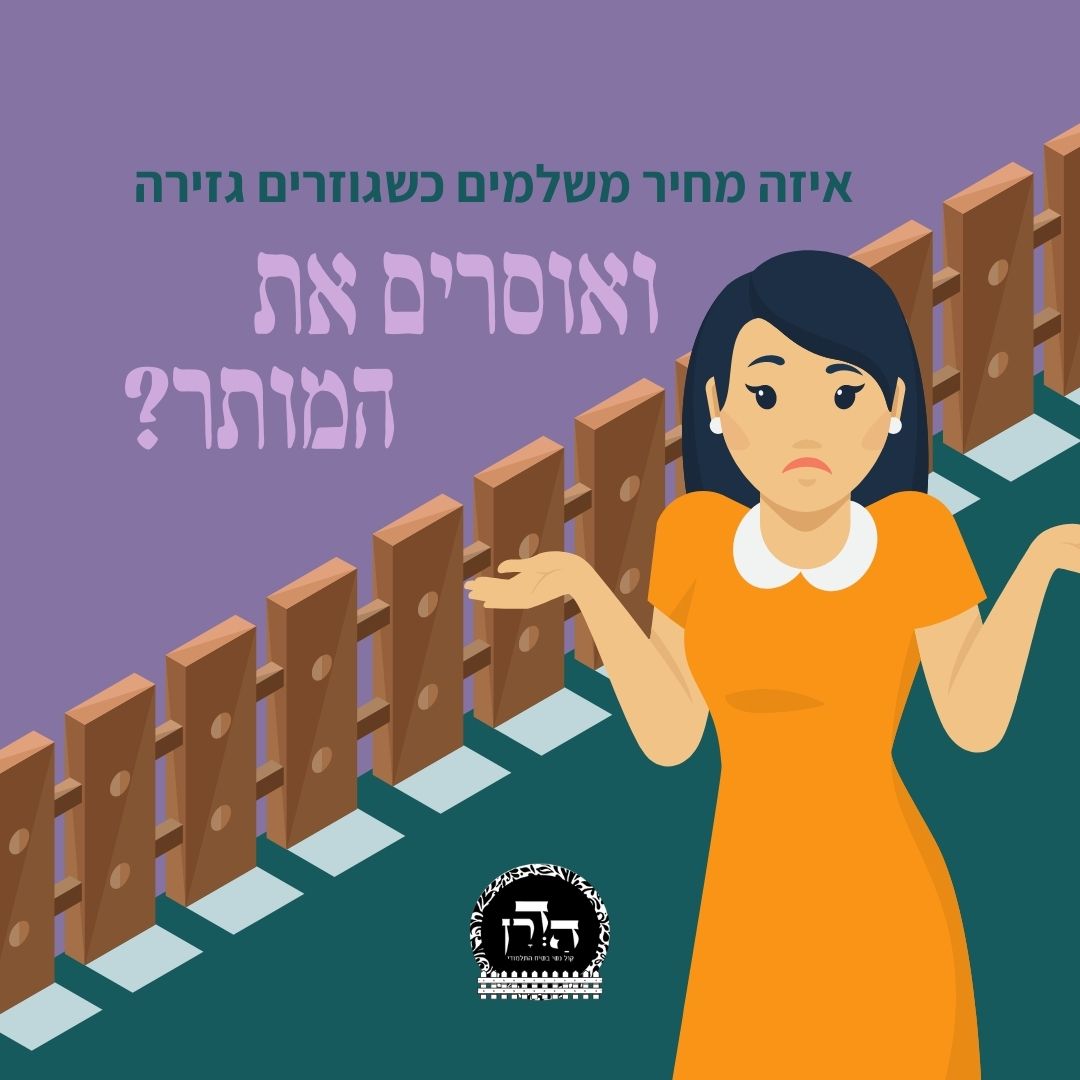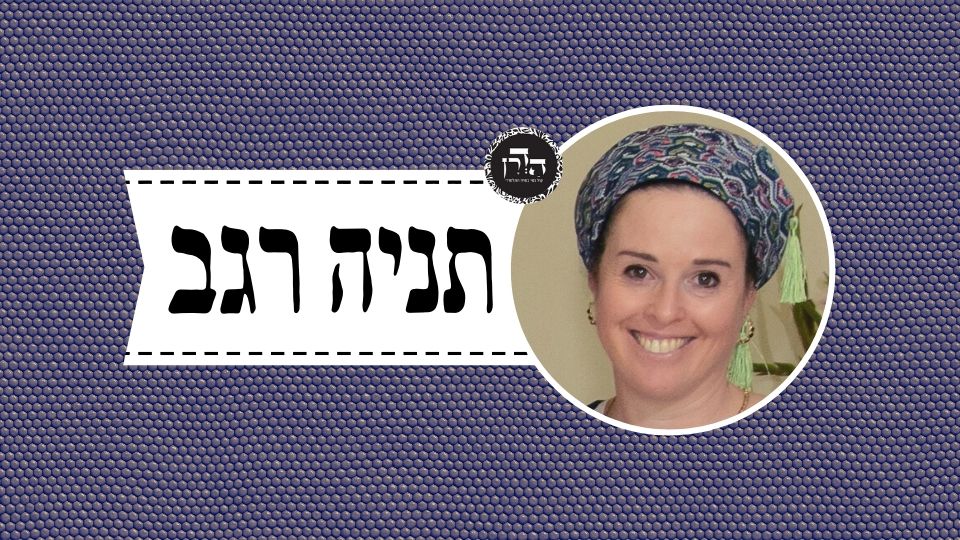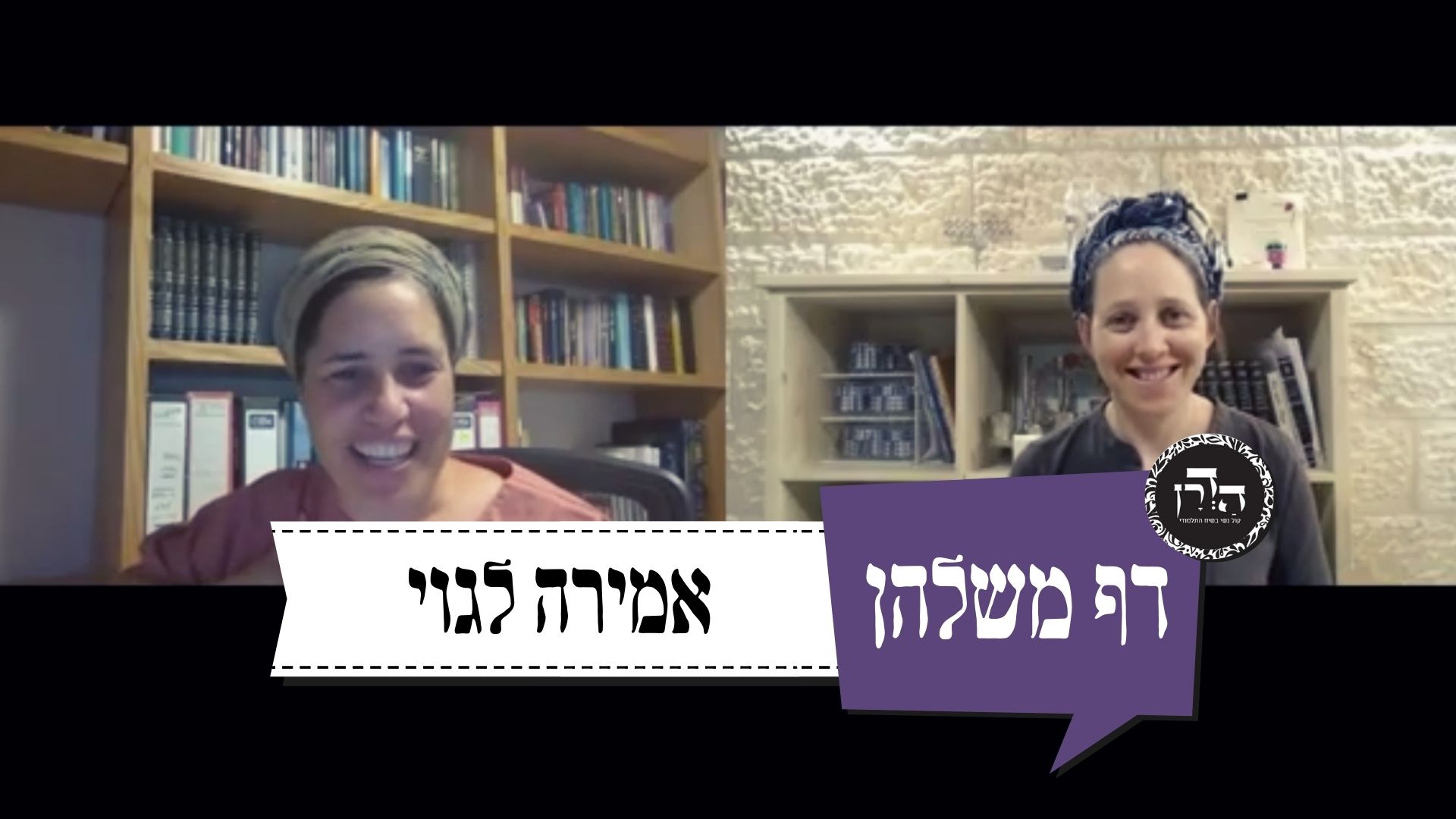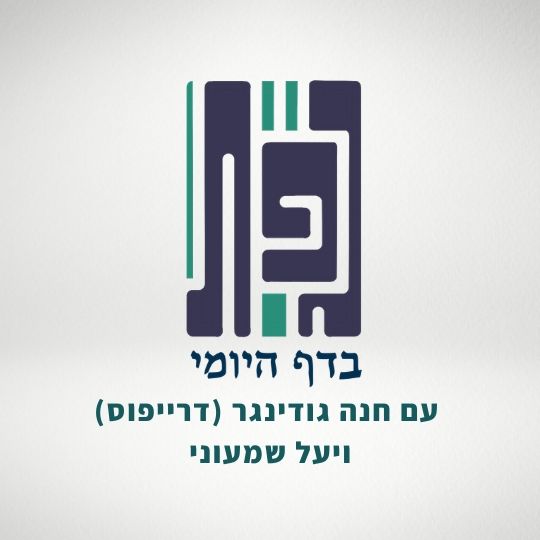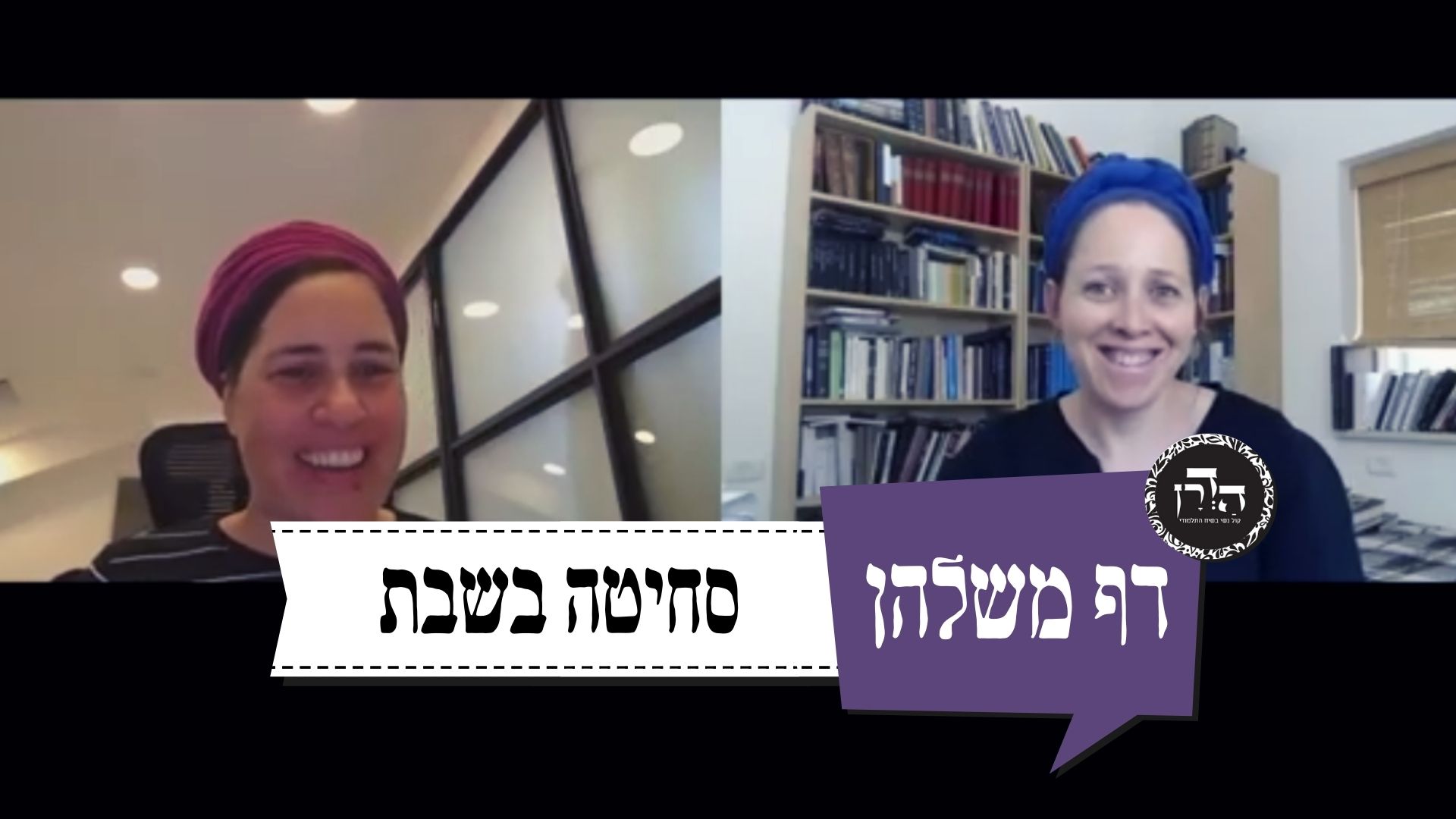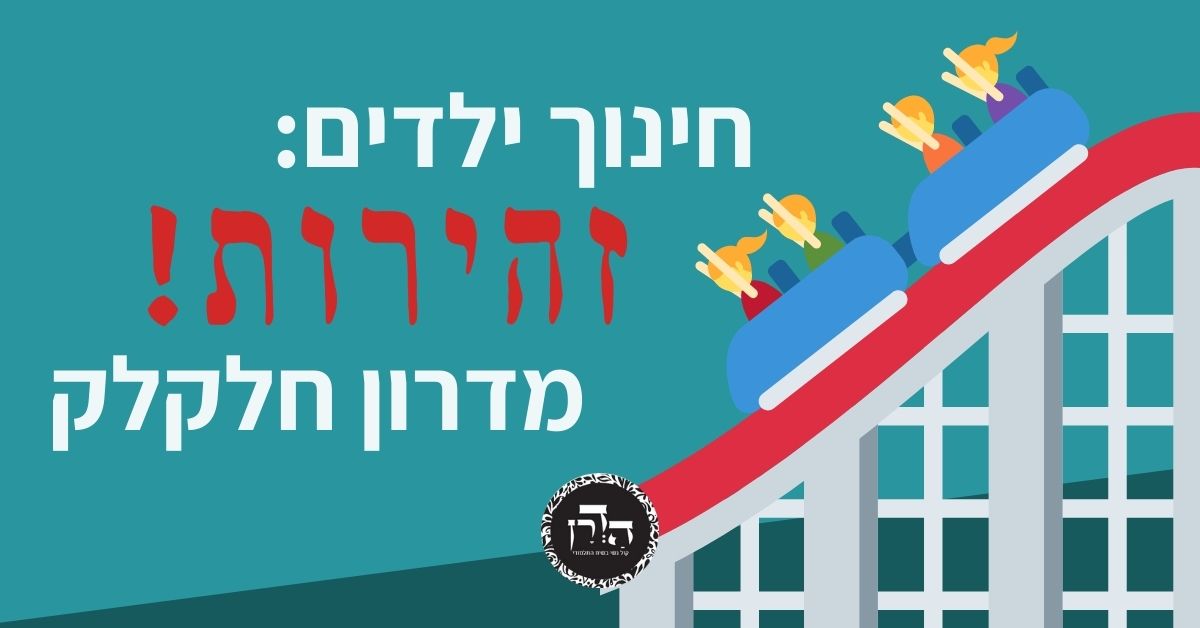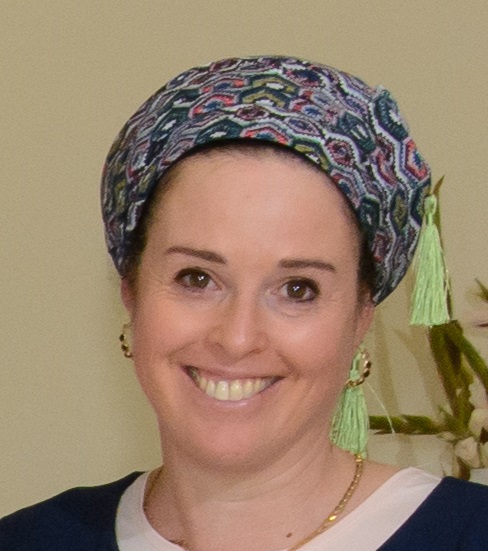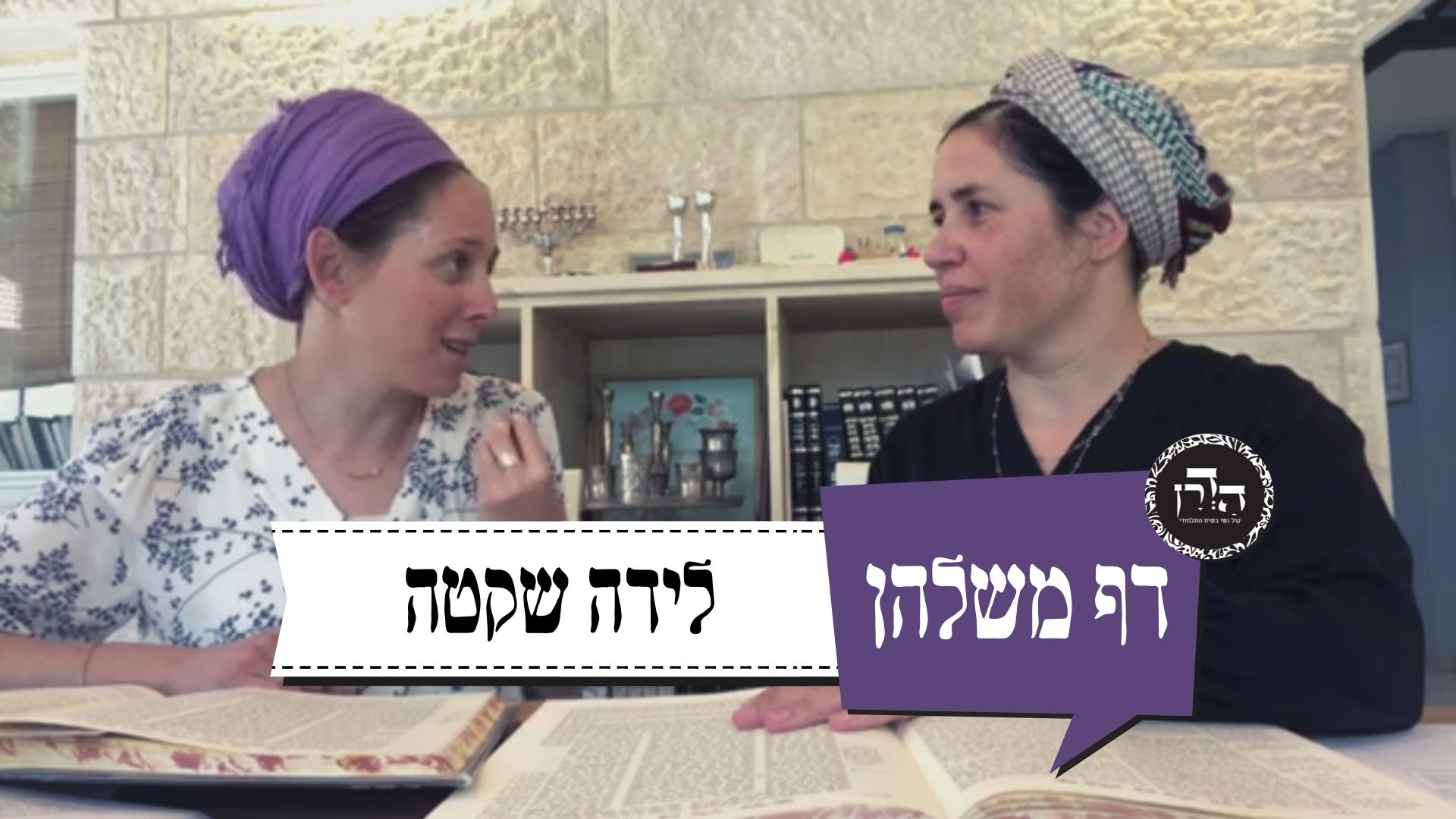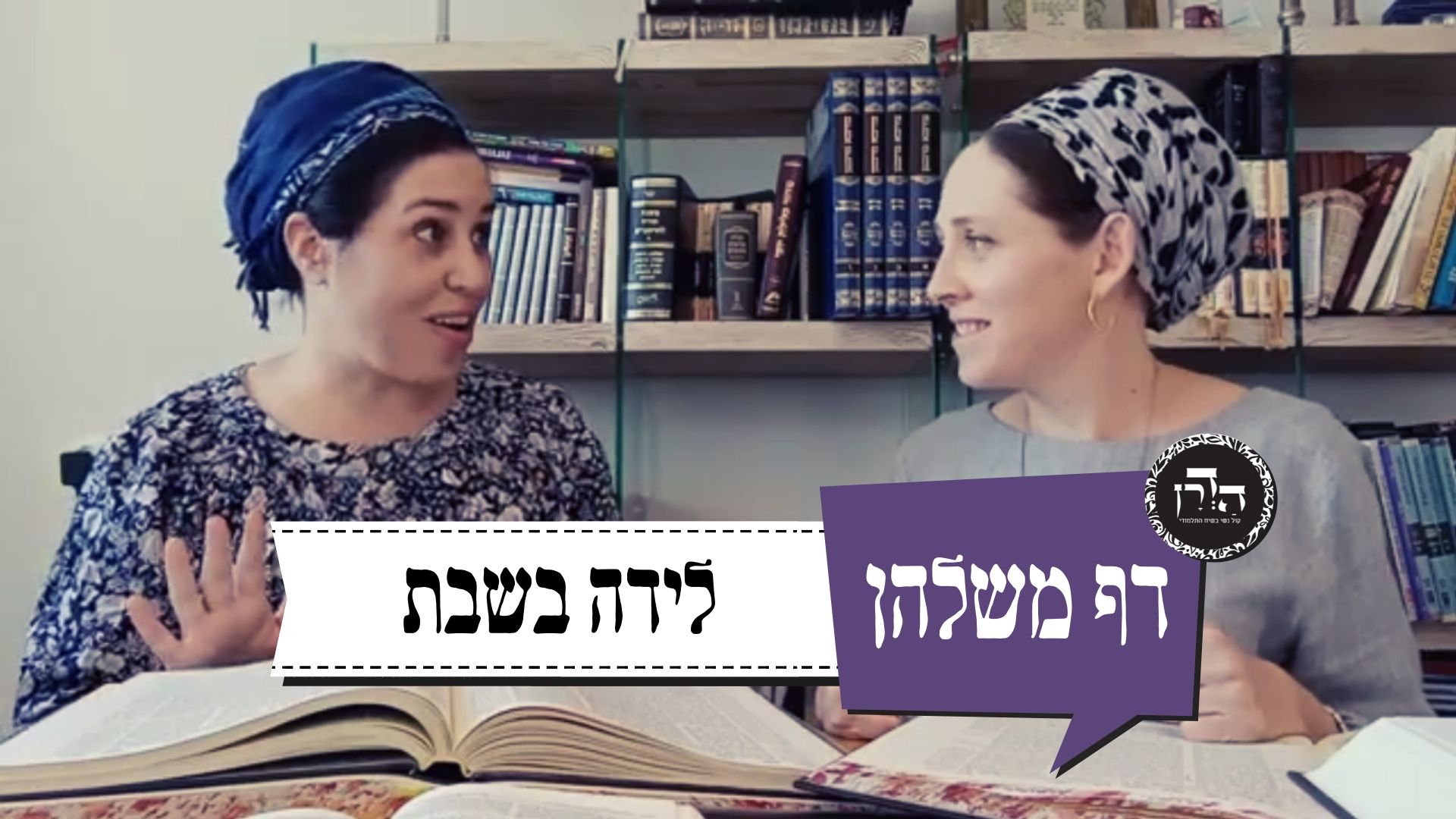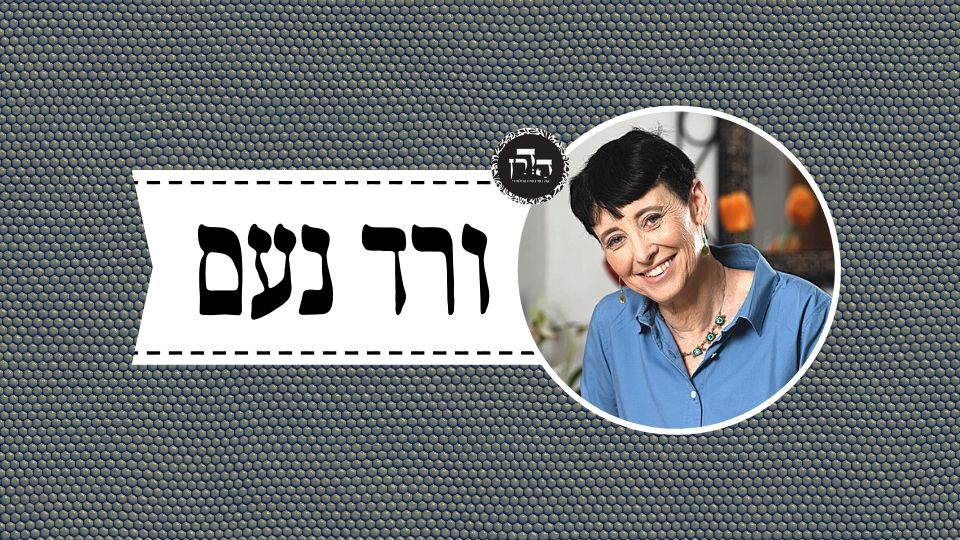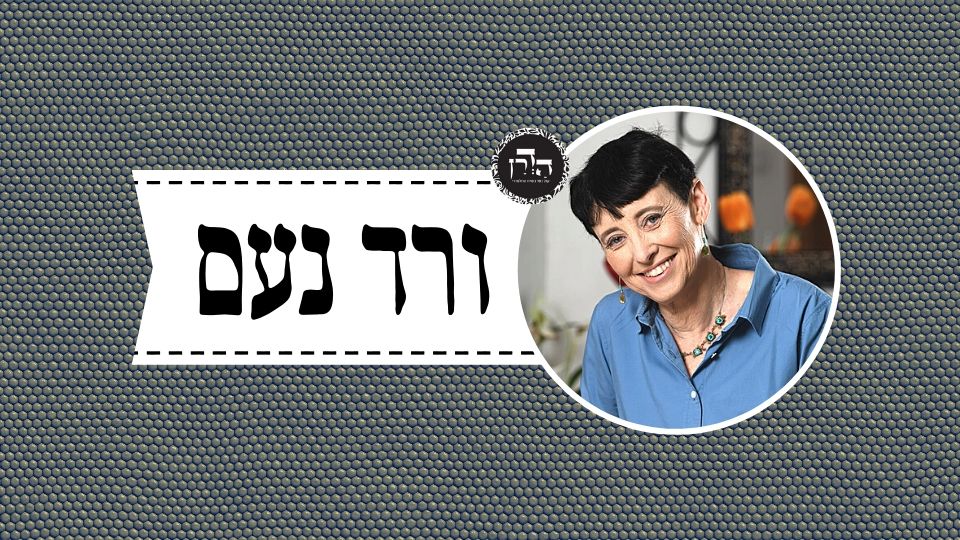שבת עט
עַד שֶׁיֹּאמַר לֹוֶה ״פָּרַעְתִּי״ וְ״לֹא פָּרַעְתִּי״.
It means: Until the debtor says: I repaid the debt, or, I did not repay the debt. If the debtor says: I repaid the debt in the promissory note and there are no witnesses to ratify the document in court, the document has no value. That is the opinion of the Rabbis who hold that an unratified document cannot force a debtor to pay. According to Rabbi Yehuda, who holds that a document need not be ratified, the debtor’s claim that he repaid the debt is not accepted and the creditor can collect his debt with the unratified promissory note.
רָבָא אָמַר: דְּכוּלֵּי עָלְמָא מוֹדֶה בִּשְׁטָר שֶׁכְּתָבוֹ — שֶׁצָּרִיךְ לְקַיְּימוֹ, וְהָכָא בְּכוֹתְבִין שׁוֹבָר קָמִיפַּלְגִי: תַּנָּא קַמָּא סָבַר כּוֹתְבִין שׁוֹבָר, וְרַבִּי יְהוּדָה סָבַר אֵין כּוֹתְבִין שׁוֹבָר. רַב אָשֵׁי אָמַר: מִפְּנֵי שֶׁצָּרִיךְ לְהַרְאוֹתוֹ לְבַעַל חוֹב שֵׁנִי, דְּאָמַר לֵיהּ: חֲזִי, גַּבְרָא דְּפָרַע אֲנָא.
Rava said: Everyone agrees that when a debtor admits that he wrote a promissory note, the creditor must ratify it in court. And here, it is with regard to the question whether or not one writes a receipt that they disagree. The first tanna holds: One writes a receipt for a promissory note that was repaid. Since the debtor has the receipt in his possession, the creditor may keep the note and use it as paper. And Rabbi Yehuda holds: One does not write a receipt. Therefore, the creditor is required to return the note to the debtor immediately upon repayment of the debt. It is in the interest of the debtor to destroy the document, and he has no reason to keep it. Rav Ashi said: The dispute is with regard to a case where the debtor carried out the promissory note into the public domain. Rabbi Yehuda said he is liable because he needs the repaid document to show it to a second creditor, as he says to him: Look, I am a man who repays his debts.
עוֹר כְּדֵי לַעֲשׂוֹת כּוּ׳. בְּעָא מִינֵּיהּ רָבָא מֵרַב נַחְמָן: הַמּוֹצִיא עוֹר, בְּכַמָּה? אֲמַר לֵיהּ: כְּדִתְנַן: עוֹר כְּדֵי לַעֲשׂוֹת קָמֵיעַ. [הַמְעַבְּדוֹ, בְּכַמָּה? אֲמַר לֵיהּ: לָא שְׁנָא.] לְעַבְּדוֹ בְּכַמָּה? אֲמַר לֵיהּ: לָא שְׁנָא.
We learned in the mishna: The measure that determines liability for carrying out animal hide is equivalent to that which is used to make an amulet. Rava raised a dilemma before Rav Naḥman: With regard to one who carries out animal hide, how much must he carry out on Shabbat in order to be liable? He said to him, it is as we learned in the mishna: The measure that determines liability for carrying out animal hide is equivalent to that which is used to make an amulet. He raised another dilemma: With regard to one who tans that hide, how much must he tan in order to be liable? He said to him: It is no different, the same measure. He raised another dilemma: With regard to one who carries out animal hide to tan it, how much must he carry out on Shabbat in order to be liable? He said to him: It is no different.
וּמְנָא תֵּימְרָא? — כְּדִתְנַן: הַמְלַבֵּן וְהַמְנַפֵּץ וְהַצּוֹבֵעַ וְהַטּוֹוֶה — שִׁיעוּרוֹ כִּמְלֹא רוֹחַב הַסִּיט כָּפוּל. וְהָאוֹרֵג שְׁנֵי חוּטִין — שִׁיעוּרוֹ כִּמְלֹא רוֹחַב הַסִּיט כָּפוּל. אַלְמָא: כֵּיוָן דְּלִטְוִיָּיה קָאֵי — שִׁיעוּרוֹ כְּטָווּי. הָכָא נָמֵי, כֵּיוָן דִּלְעַבְּדוֹ קָאֵי — שִׁיעוּרוֹ כִּמְעוּבָּד. וְשֶׁלֹּא לְעַבְּדוֹ, בְּכַמָּה? אֲמַר לֵיהּ: לָא שְׁנָא.
And from where do you derive and say that there is no difference whether or not the hide one carries out is tanned? As we learned in a mishna: With regard to one who whitens, and one who combs, and one who dyes, and one who spins, the measure of wool for which one is liable in performing those prohibited labors is double the full width of the distance between the forefinger and the middle finger. And the measure that determines liability for one who weaves two threads is double the full width of the distance between the forefinger and the middle finger. Apparently, since the wool is designated for spinning, the measure for which one is liable for whitening, combing, and dyeing is equal to the measure for which one is liable for weaving that spun thread. Here too, since it is designated for tanning, its measure that determines liability for carrying it out into the public domain is equal to the measure that determines liability for carrying out tanned hides. Rava raised another dilemma: With regard to one who carries out animal hide and has no intention to tan it, how much must he carry out on Shabbat in order to be liable? He said to him: It is no different.
וְלָא שָׁנֵי בֵּין מְעוּבָּד לְשֶׁאֵינוֹ מְעוּבָּד? אֵיתִיבֵיהּ: הַמּוֹצִיא סַמָּנִין שְׁרוּיִן, כְּדֵי לִצְבּוֹעַ בָּהֶן דּוּגְמָא לְאִירָא. וְאִילּוּ בְּסַמָּנִין שֶׁאֵינָן שְׁרוּיִן תְּנַן: קְלִיפֵּי אֱגוֹזִים וּקְלִיפֵּי רִמּוֹנִין, סְטֵיס וּפוּאָה, כְּדֵי לִצְבּוֹעַ בָּהֶן בֶּגֶד קָטָן [לְפִי] סְבָכָה! הָא אִיתְּמַר עֲלַהּ, אָמַר רַב נַחְמָן אָמַר רַבָּה בַּר אֲבוּהּ: לְפִי שֶׁאֵין אָדָם טוֹרֵחַ לִשְׁרוֹת סַמָּנִין לִצְבּוֹעַ בָּהֶן דּוּגְמָא לְאִירָא.
Rava asked: And is there no halakhic difference between carrying out tanned hides and carrying out hides that are not tanned? He raised an objection to him based on a baraita: One who carries out herbs that were soaked in water and ready for use as a dye is liable if he carried out a measure equivalent to that which is used to dye a sample the size of a stopper for the shuttle of a loom. While with regard to herbs that were not soaked, we learned in a mishna: The measure that determines liability for carrying out nutshells, and pomegranate peels, and for carrying out safflower, and madder, which are herbs used as dyes, is equivalent to that which is used to dye a small cloth to cover the opening of a woman’s hair net. Apparently, the measure for which one is liable for carrying out raw materials is greater than the measure for which one is liable for carrying out prepared dyes. The Gemara answers: But wasn’t it stated with regard to that mishna that Rav Naḥman said that Rabba bar Avuh said: Because a person does not go to the trouble to soak herbs just to dye a sample for the shuttle of a loom? As a rule, there is no distinction between finished and unfinished products. The case of dye is different, as people do not typically prepare dyes in amounts that small. Therefore, even though that size is significant in and of itself, he is exempt for carrying them out.
וַהֲרֵי זֵרְעוֹנֵי גִּינָּה, דְּמִקַּמֵּי דְּזַרְעִינְהוּ תְּנַן: זֵרְעוֹנֵי גִּינָה פָּחוֹת מִכִּגְרוֹגֶרֶת. רַבִּי יְהוּדָה בֶּן בְּתֵירָא אוֹמֵר: חֲמִשָּׁה. וְאִילּוּ בָּתַר דְּזַרְעִינְהוּ תְּנַן: זֶבֶל וְחוֹל הַדַּק כְּדֵי לְזַבֵּל בּוֹ קֶלַח שֶׁל כְּרוּב, דִּבְרֵי רַבִּי עֲקִיבָא. וַחֲכָמִים אוֹמְרִים: כְּדֵי לְזַבֵּל כְּרֵישָׁא! — הָא אִיתְּמַר עֲלַהּ, אָמַר רַב פָּפָּא: הָא דִּזְרִיעַ, הָא דְּלָא זְרִיעַ — לְפִי שֶׁאֵין אָדָם טוֹרֵחַ לְהוֹצִיא נִימָא אַחַת לִזְרִיעָה.
He asked further: And with regard to seeds of garden plants before one sowed them, we learned in a mishna: The measure that determines liability for carrying out seeds of garden plants is less than a dried fig-bulk. Rabbi Yehuda ben Beteira says: He is liable if he carries out five seeds. While with regard to carrying out seeds after he sowed them, we learned in a mishna: The measure that determines liability for carrying out manure or fine sand is equivalent to that which is used to fertilize one stalk of cabbage with it; this is the statement of Rabbi Akiva. And the Rabbis say: The measure that determines liability for carrying it out is equivalent to that which is used to fertilize a leek. Apparently, after the seed was sown, the measure for liability is one plant. Before it is sown, the measure is at least five. The Gemara answers: As a rule, there is no distinction between an object that was processed and one that was not. However, this case is different. Wasn’t it stated with regard to that halakha that Rav Pappa says that there is a distinction between this, where one is liable for carrying out one plant, and the mishna is referring to a case where it is already sown; and that, where one is only liable for carrying out at least five, and the mishna is referring to a case where it is not yet sown, because a person does not go to the trouble to carry out just one seed for sowing?
וַהֲרֵי טִיט, דְּמִקַּמֵּי דְּלִיגַבְּלֵיהּ תַּנְיָא: מוֹדִים חֲכָמִים לְרַבִּי שִׁמְעוֹן בְּמוֹצִיא שׁוֹפְכִין לִרְשׁוּת הָרַבִּים שֶׁשִּׁיעוּרָן בִּרְבִיעִית, וְהָוֵינַן [בַּהּ] שׁוֹפְכִין לְמַאי חֲזוּ? וְאָמַר רַבִּי יִרְמְיָה: לְגַבֵּל בָּהֶן אֶת הַטִּיט, וְאִילּוּ בָּתַר דְּגַבְּלֵיהּ תַּנְיָא: טִיט כְּדֵי לַעֲשׂוֹת (בָּהֶן) פִּי כוּר! הָתָם נָמֵי כְּדַאֲמַרַן: לְפִי שֶׁאֵין אָדָם טוֹרֵחַ (בָּהֶן) לְגַבֵּל אֶת הַטִּיט לַעֲשׂוֹת בּוֹ פִּי כוּר.
He asked further: And with regard to clay before one kneads it, it was taught in a baraita: And the Rabbis agree with Rabbi Shimon with regard to one who carries out waste water to the public domain, that the measure that determines liability is a quarter of a log. And we discussed this question: For what use is waste water fit? Rabbi Yirmeya said: It is used to knead clay. Apparently, the measure that determines liability for the raw material is the amount kneaded with a quarter of a log of waste water to form clay. While with regard to clay after one kneads it, it was taught in a baraita: With regard to clay, the measure for liability is equivalent to that which is used to make an opening for the bellows to be placed in a crucible, which is a small amount. The Gemara answers: There too, it is as we stated: Because a person does not go to the trouble of kneading clay just to make an opening for the bellows to be placed in a crucible.
תָּא שְׁמַע, דְּאָמַר רַבִּי חִיָּיא בַּר אַמֵּי מִשְּׁמֵיהּ דְּעוּלָּא: שְׁלֹשָׁה עוֹרוֹת הֵן: מַצָּה, וְחִיפָּה, וְדִיפְתְּרָא. מַצָּה — כְּמַשְׁמָעוֹ, דְּלָא מְלִיחַ וּדְלָא קְמִיחַ וּדְלָא עֲפִיץ. וְכַמָּה שִׁיעוּרוֹ? תָּנֵי רַב שְׁמוּאֵל בַּר רַב יְהוּדָה: כְּדֵי לָצוּר בּוֹ מִשְׁקוֹלֶת קְטַנָּה. וְכַמָּה? אָמַר אַבָּיֵי: רִיבְעָא דְרִיבְעָא דְפוּמְבְּדִיתָא.
In order to resolve the dilemma with regard to the measure that determines liability for carrying out an animal hide on Shabbat, the Gemara states: Come and hear a halakha that Rabbi Ḥiyya bar Ami said in the name of Ulla: There are three hides, i.e., three stages in the process of tanning hides, and at each stage it is known by a different name: Matza, and ḥifa, and diftera. Matza, as per its plain meaning, with no additives. It is not salted, and not treated with flour, and not treated with gallnuts. And how much is the measure that determines liability for carrying out that hide on Shabbat? Rav Shmuel bar Rav Yehuda taught: It is equivalent to that which is used to wrap around a small weight. And how big is this small weight? Abaye said: A quarter of a quarter of a litra in the system of weights in use in Pumbedita.
חִיפָּה — דִּמְלִיחַ וְלָא קְמִיחַ וְלָא עֲפִיץ. וְכַמָּה שִׁיעוּרוֹ? כְּדִתְנַן: עוֹר — כְּדֵי לַעֲשׂוֹת קָמֵיעַ. דִּיפְתְּרָא — דִּמְלִיחַ וּקְמִיחַ וְלָא עֲפִיץ וְכַמָּה שִׁיעוּרוֹ? — כְּדֵי לִכְתּוֹב עָלָיו אֶת הַגֵּט. קָתָנֵי מִיהַת, כְּדֵי לָצוּר בּוֹ מִשְׁקוֹלֶת קְטַנָּה, וְאָמַר אַבָּיֵי: רִיבְעָא דְרִיבְעָא דְּפוּמְבְּדִיתָא! הָתָם בְּבִישּׁוּלָא.
Ḥifa is hide that is salted, and not treated with flour, and not treated with gallnuts. And how much is the measure that determines liability for carrying out that hide on Shabbat? As we learned in the mishna: The measure that determines liability for carrying out animal hide is equivalent to that which is used to make an amulet. Diftera is hide that is salted, and treated with flour, and not treated with gallnuts. And how much is the measure that determines liability for carrying out that hide on Shabbat? The measure that determines liability for carrying it out is equivalent to the amount which is used to write a bill of divorce on it. In any case, it was taught that before it is tanned the measure for liability is equivalent to that which is used to wrap around a small weight. And Abaye said: A quarter of a quarter of a litra in the system of weights in use in Pumbedita. That is not the same as the measure that determines liability for a tanned hide, which is equivalent to that which is used to make an amulet. The Gemara answers: There, it is referring to wet hide just flayed that was left out to dry in the sun and is suitable only for wrapping around a weight (Rabbeinu Ḥananel). However, for carrying out tanned hide, his measure for liability is equivalent to that which is used to make an amulet.
וְהָתְנַן: הַבֶּגֶד — שְׁלֹשָׁה עַל שְׁלֹשָׁה לַמִּדְרָס, הַשַּׂק — אַרְבָּעָה עַל אַרְבָּעָה, הָעוֹר — חֲמִשָּׁה עַל חֲמִשָּׁה, מַפָּץ — שִׁשָּׁה עַל שִׁשָּׁה, בֵּין לַמִּדְרָס בֵּין לַמֵּת. וְתָאנֵי עֲלַהּ הַבֶּגֶד וְהַשַּׂק וְהָעוֹר — כְּשִׁיעוּר לַטּוּמְאָה כָּךְ שִׁיעוּר לַהוֹצָאָה! הָהוּא בְּקוּרְטוּבְלָא.
The Gemara raises another difficulty: And didn’t we learn in a mishna: The garment must be at least three by three handbreadths to become impure with ritual impurity imparted by treading? And the sack made from goat hair must be at least four by four handbreadths. And the animal hide must be five by five, and a mat must be six by six. Those are the minimum measures for becoming a primary source of ritual impurity by means of both ritual impurity imparted by treading and ritual impurity imparted by a corpse. And it was taught in the Tosefta with regard to that mishna: With regard to the garment and the sack and the hide; like the measure for ritual impurity, so too is the measure for carrying out on Shabbat. That is significantly larger than the measure for liability cited in the mishna for carrying out hide. The Gemara answers: That Tosefta is referring to kortovela, which is hide that was tanned in a manner that rendered it unfit for writing or wrapping. It is used for covering vessels and other similar uses (Rambam).
קְלָף כְּדֵי לִכְתּוֹב עָלָיו פָּרָשָׁה קְטַנָּה. וּרְמִינְהוּ, קְלָף וְדוּכְסוּסְטוֹס כְּדֵי לִכְתּוֹב עָלָיו מְזוּזָה! מַאי ״מְזוּזָה״ — מְזוּזָה שֶׁבַּתְּפִילִּין. וְקָרֵי לְהוּ לִתְפִילִּין ״מְזוּזָה״? אִין, וְהָתַנְיָא: רְצוּעוֹת תְּפִילִּין עִם הַתְּפִילִּין מְטַמְּאוֹת אֶת הַיָּדַיִם, בִּפְנֵי עַצְמָן — אֵין מְטַמְּאוֹת אֶת הַיָּדַיִם. רַבִּי שִׁמְעוֹן בֶּן יְהוּדָה אוֹמֵר מִשּׁוּם רַבִּי שִׁמְעוֹן: הַנּוֹגֵעַ בָּרְצוּעָה — טָהוֹר, עַד שֶׁיִּגַּע בַּקְּצִיצָה. רַבִּי זַכַּאי מִשְּׁמוֹ אוֹמֵר: טָהוֹר עַד שֶׁיִּגַּע בַּמְּזוּזָה עַצְמָהּ.
We learned in the mishna: The measure that determines liability for carrying out parchment is equivalent to that which is used to write the shortest portion in the phylacteries. And the Gemara raised a contradiction from that which was taught: The measure that determines liability for carrying out parchment and dokhsostos is equivalent to that which is used to write a mezuza on it. The Gemara asks: What is the meaning of mezuza in this context? It means those Torah portions of the mezuza that also appear in the phylacteries. The Gemara asks: And are the phylacteries called mezuza? The Gemara answers: Yes, as it was taught in a baraita: The straps of the phylacteries, when they are with the phylacteries, render the hands ritually impure as is the case with regard to contact with any sacred texts. When they are on their own, they do not render the hands ritually impure. Rabbi Shimon ben Yehuda says in the name of Rabbi Shimon: One who touches the strap of the phylacteries remains ritually pure even if it is attached to the phylacteries, unless he touches the actual box of the phylacteries. Rabbi Zakkai says in Rabbi Shimon’s name: One remains ritually pure until he touches the mezuza itself. Apparently the Torah portions in phylacteries are called mezuza.
וְהָא מִדְּקָתָנֵי סֵיפָא קְלָף כְּדֵי לִכְתּוֹב עָלָיו פָּרָשָׁה קְטַנָּה שֶׁבַּתְּפִילִּין, שֶׁהִיא ״שְׁמַע יִשְׂרָאֵל״, מִכְּלָל דְּרֵישָׁא בִּמְזוּזָה עַצְמָהּ עָסְקִינַן! הָכִי קָתָנֵי: קְלָף וְדוּכְסוּסְטוֹס שִׁיעוּרָן בְּכַמָּה? דּוּכְסוּסְטוֹס — כְּדֵי לִכְתּוֹב עָלָיו מְזוּזָה. קְלָף — כְּדֵי לִכְתּוֹב עָלָיו פָּרָשָׁה קְטַנָּה שֶׁבַּתְּפִילִּין שֶׁהִיא ״שְׁמַע יִשְׂרָאֵל״.
The Gemara asks: And from the fact that the latter clause of the mishna teaches: The measure that determines liability for carrying out parchment is equivalent to that which is used to write the shortest portion in the phylacteries, which is the portion of Shema Yisrael, by inference, in the first clause of the mishna we are dealing with a mezuza itself. Rather, this is what it teaches: With regard to parchment and dokhsostos, how much is the measure that determines liability for carrying them out? The measure that determines liability for carrying out dokhsostos is equivalent to that which one uses to write a mezuza on it. The measure that determines liability for carrying out parchment is equivalent to that which one uses to write on it the shortest passage that is in the phylacteries, which is Shema Yisrael.
אָמַר רַב: דּוּכְסוּסְטוֹס הֲרֵי הוּא כִּקְלָף. מַה קְלָף כּוֹתְבִין עָלָיו תְּפִילִּין — אַף דּוּכְסוּסְטוֹס כּוֹתְבִין עָלָיו תְּפִילִּין. תְּנַן: קְלָף כְּדֵי לִכְתּוֹב פָּרָשָׁה קְטַנָּה שֶׁבַּתְּפִילִּין שֶׁהִיא ״שְׁמַע יִשְׂרָאֵל״, קְלָף — אִין, דּוּכְסוּסְטוֹס לָא?! לְמִצְוָה. תָּא שְׁמַע: הֲלָכָה לְמֹשֶׁה מִסִּינַי, תְּפִילִּין עַל הַקְּלָף וּמְזוּזָה עַל דּוּכְסוּסְטוֹס. קְלָף — בִּמְקוֹם בָּשָׂר, דּוּכְסוּסְטוֹס — בִּמְקוֹם שֵׂיעָר. לְמִצְוָה.
Rav said: Dokhsostos has the same legal status as parchment: Just as one may write the portions of the phylacteries on parchment, so too, one may write the portions of the phylacteries on dokhsostos. The Gemara asks, we learned in the mishna: The measure that determines liability for carrying out parchment is equivalent to that which is used to write the shortest portion in the phylacteries, which is the portion of Shema Yisrael. By inference: Parchment, yes, the portions of the phylacteries may be written on it. Dokhsostos, no, the portions of the phylacteries may not be written on it. The Gemara answers: That is no proof, as the mishna is referring to the optimal manner in which to fulfill the mitzva, i.e., writing the portions of the phylacteries on parchment. However, one fulfills the mitzva by writing on dokhsostos as well. Come and hear that which was taught in a baraita: It is a halakha transmitted to Moses from Sinai that the portions of the phylacteries are written on parchment, and a mezuza is written on dokhsostos. When writing on parchment, one writes on the side of the hide that faced the flesh; on dokhsostos, one writes on the side of the hide on which there was hair. This contradicts the opinion of Rav, who said that phylacteries may be written on dokhsostos. The Gemara answers: The baraita is also referring to the optimal manner in which to fulfill the mitzva.
וְהָתַנְיָא: שִׁינָּה פָּסוּל! אַמְּזוּזָה. וְהָתַנְיָא: שִׁינָּה בָּזֶה וּבָזֶה פָּסוּל! אִידֵּי וְאִידֵּי אַמְּזוּזָה, וְהָא דְּכַתְבִינְהוּ אַקְּלָף בִּמְקוֹם שֵׂיעָר, אִי נָמֵי אַדּוּכְסוּסְטוֹס בִּמְקוֹם בָּשָׂר. וְאִיבָּעֵית אֵימָא: שִׁינָּה בָּזֶה וּבָזֶה תַּנָּאֵי הִיא. דְּתַנְיָא שִׁינָּה בָּזֶה וּבָזֶה — פָּסוּל. רַבִּי אַחָא מַכְשִׁיר מִשּׁוּם רַבִּי אַחַי בַּר חֲנִינָא, וְאָמְרִי לַהּ מִשּׁוּם רַבִּי יַעֲקֹב בְּרַבִּי חֲנִינָא. רַב פָּפָּא אָמַר: רַב דְּאָמַר כְּתַנָּא דְבֵי מְנַשֶּׁה. דְּתָנָא דְּבֵי מְנַשֶּׁה: כְּתָבָהּ עַל הַנְּיָיר וְעַל הַמַּטְלֵית — פְּסוּלָה. עַל הַקְּלָף וְעַל הַגְּוִיל וְעַל דּוּכְסוּסְטוֹס — כְּשֵׁרָה.
The Gemara asks: And wasn’t it taught in a baraita that if one deviated and wrote on something else it is invalid, indicating that the portions of the phylacteries may not be written on anything other than parchment? The Gemara rejects this: This baraita is referring to a mezuza, which is invalid if written on parchment. The Gemara asks: But was it not taught in a different baraita: If one deviated in this, phylacteries, and that, mezuza, it is invalid? The Gemara rejects this: Both this and that are referring to a mezuza, and this additional invalidation is in a case where one deviated and wrote it on parchment, on the side that faced the hair; or, alternatively, where he deviated and wrote it on dokhsostos, on the side that faced the flesh. And, if you wish, say instead: Actually, this and that are referring to phylacteries and a mezuza. However, the halakha with regard to a case where one deviated in this and that is subject to a tannaitic dispute, as it was taught in a baraita: If one deviated in this and that it is invalid. Rabbi Aḥa deems it valid in the name of Rabbi Aḥai bar Ḥanina, and some say in the name of Rabbi Ya’akov, son of Rabbi Ḥanina. Rav Pappa said: Rav said his statement in accordance with the opinion of the tanna from the school of Menashe. As it was taught in the school of Menashe: If one wrote it on paper or on a cloth it is invalid. However, if one wrote it on parchment or on a hide that was treated with gallnuts [gevil] or on dokhsostos it is valid.
כְּתָבָהּ מַאי? אִילֵּימָא מְזוּזָה — מְזוּזָה אַקְּלָף מִי כָּתְבִינַן? אֶלָּא לָאו — תְּפִילִּין. וְלִיטַעְמָיךְ, תְּפִילִּין אַגְּוִיל מִי כָּתְבִינַן?! [אֶלָּא], כִּי תַּנְיָא הַהִיא בְּסֵפֶר תּוֹרָה. לֵימָא מְסַיַּיע לֵיהּ: כַּיּוֹצֵא בּוֹ, תְּפִילִּין שֶׁבָּלוּ וְסֵפֶר תּוֹרָה שֶׁבָּלָה אֵין עוֹשִׂין מֵהֶן מְזוּזָה, לְפִי שֶׁאֵין מוֹרִידִין מִקְּדוּשָּׁה חֲמוּרָה לִקְדוּשָּׁה קַלָּה.
The Gemara elaborates: If he wrote it; wrote what? If you say that it is referring to a mezuza, do we write a mezuza on parchment? Rather, isn’t it referring to phylacteries? Apparently, as Rav said, there are Sages who hold that the portions of the phylacteries may be written on dokhsostos. The Gemara rejects this: And according to your reasoning, do we write phylacteries on gevil? Rather, that baraita was taught with regard to a Torah scroll. The Gemara comments: Let us say that the following supports the opinion of Rav: Similarly, phylacteries that became tattered and a Torah scroll that became tattered, one may not make them into a mezuza, despite the fact that identical Torah portions appear in all three. This is prohibited because one does not downgrade from a level of greater sanctity, i.e., a Torah scroll or phylacteries, to a level of lesser sanctity, i.e., a mezuza.
טַעְמָא דְּאֵין מוֹרִידִין, הָא מוֹרִידִין עוֹשִׂין. דִּכְתִיבָא אַמַּאי? לָאו דִּכְתִיבָא אַדּוּכְסוּסְטוֹס! לָא, דִּכְתִיבָא עַל הַקְּלָף. וּמְזוּזָה אַקְּלָף מִי כָּתְבִינַן? אִין, וְהָתַנְיָא: כְּתָבָהּ עַל הַקְּלָף עַל הַנְּיָיר וְעַל הַמַּטְלִית — פְּסוּלָה. אָמַר רַבִּי שִׁמְעוֹן בֶּן אֶלְעָזָר: רַבִּי מֵאִיר הָיָה כּוֹתְבָהּ עַל הַקְּלָף, מִפְּנֵי שֶׁמִּשְׁתַּמֶּרֶת. הַשְׁתָּא דְּאָתֵית לְהָכִי, לְרַב נָמֵי לָא תֵּימָא דּוּכְסוּסְטוֹס הֲרֵי הוּא כִּקְלָף, אֶלָּא אֵימָא: קְלָף הֲרֵי הוּא כְּדוּכְסוּסְטוֹס, מָה דּוּכְסוּסְטוֹס כּוֹתְבִין עָלָיו מְזוּזָה — אַף קְלָף כּוֹתְבִין עָלָיו מְזוּזָה.
The Gemara infers: The reason that one may not do so is because one does not downgrade. However, if the halakha were that one does downgrade, one would make a mezuza from phylacteries. The Gemara elaborates: On what is the portion of the phylacteries written? Isn’t it written on dokhsostos? This supports the opinion of Rav. The Gemara answers: No, the portion of the phylacteries is written on parchment. The Gemara asks: If so, how could a mezuza be made from it? Do we write a mezuza on parchment? The Gemara answers: Yes, as it was taught in a baraita: If one wrote a mezuza on parchment, or on paper, or on a cloth, it is invalid. Rabbi Shimon ben Elazar said: Rabbi Meir would write it on parchment, as it is thereby better preserved. Apparently, even a mezuza may be written on parchment, and there is no proof from the previous baraita. In reaction to the previous baraita, the Gemara comments: Now that you have arrived at this opinion that a mezuza may be written on both dokhsostos and parchment, according to Rav, as well, do not say: Dokhsostos has the same legal status as parchment with regard to phylacteries; rather, say: Parchment has the same legal status as dokhsostos. Just as on dokhsostos, one may write a mezuza, so too, on parchment, one may write a mezuza, in accordance with the opinion of Rabbi Meir.
דְּיוֹ כְּדֵי לִכְתּוֹב.
We learned in the mishna: The measure that determines liability for carrying out ink is equivalent to that which is used to write two letters.

